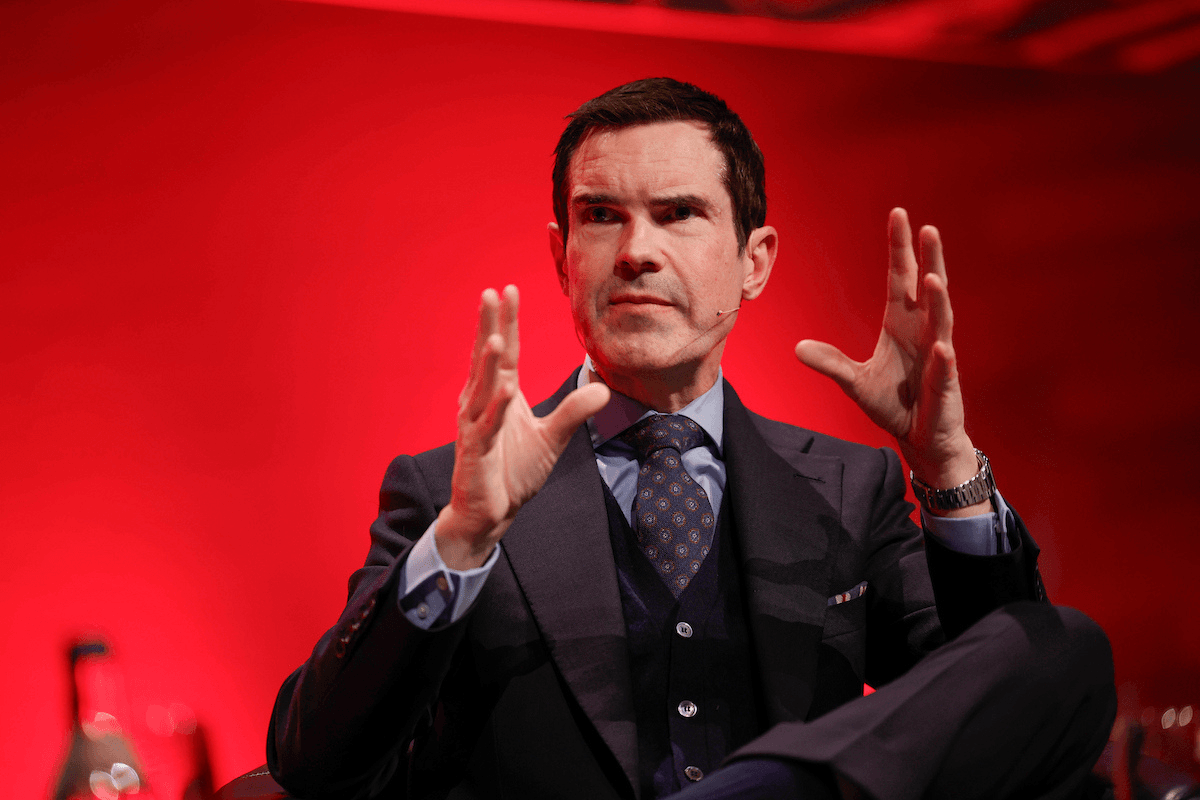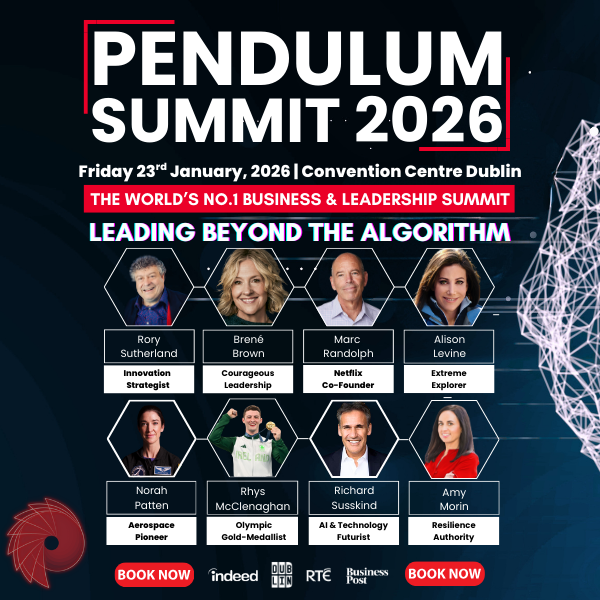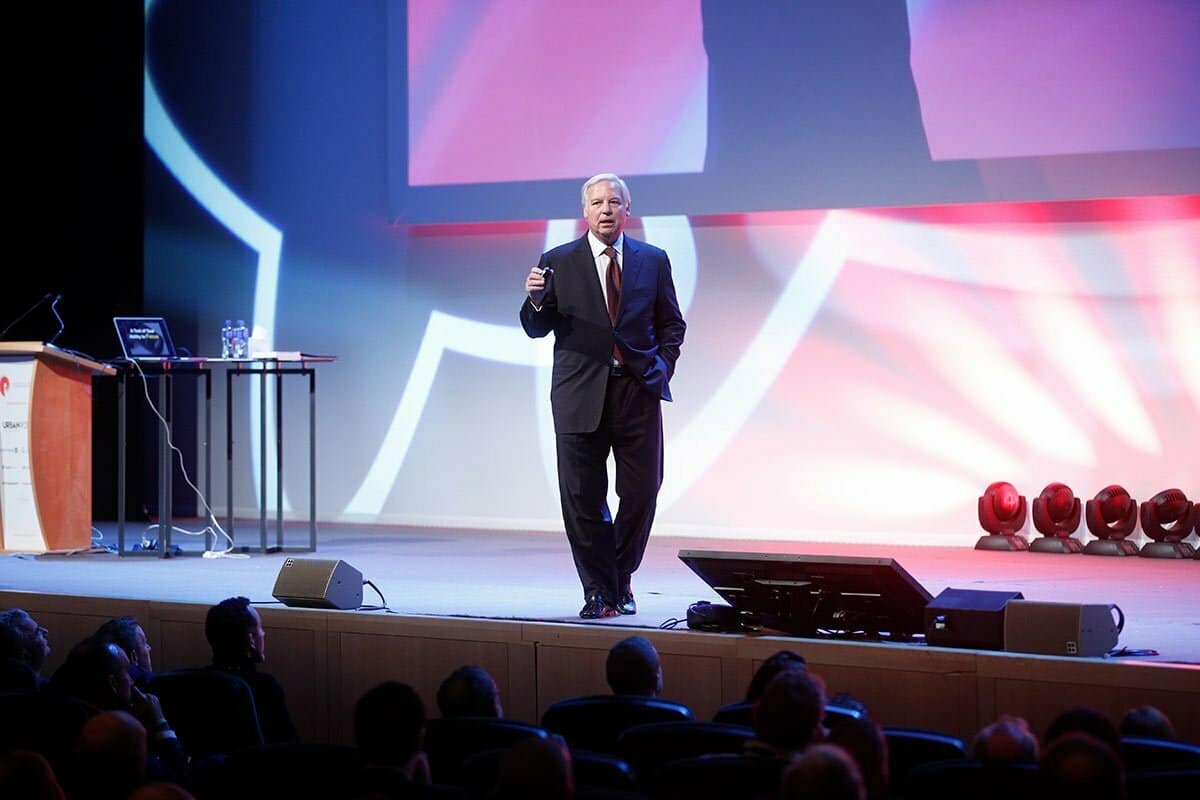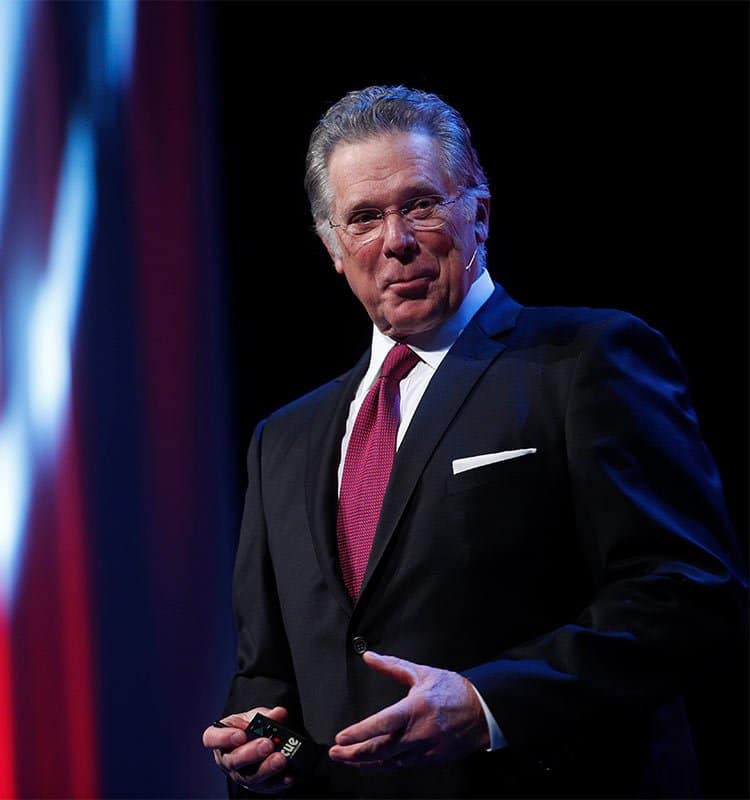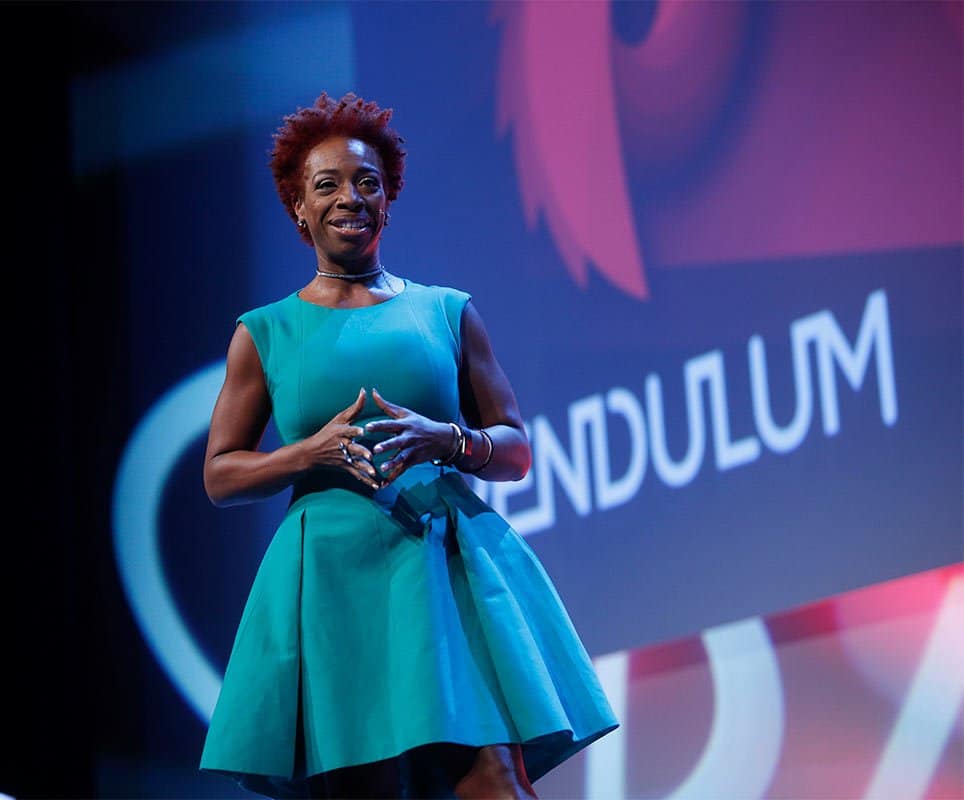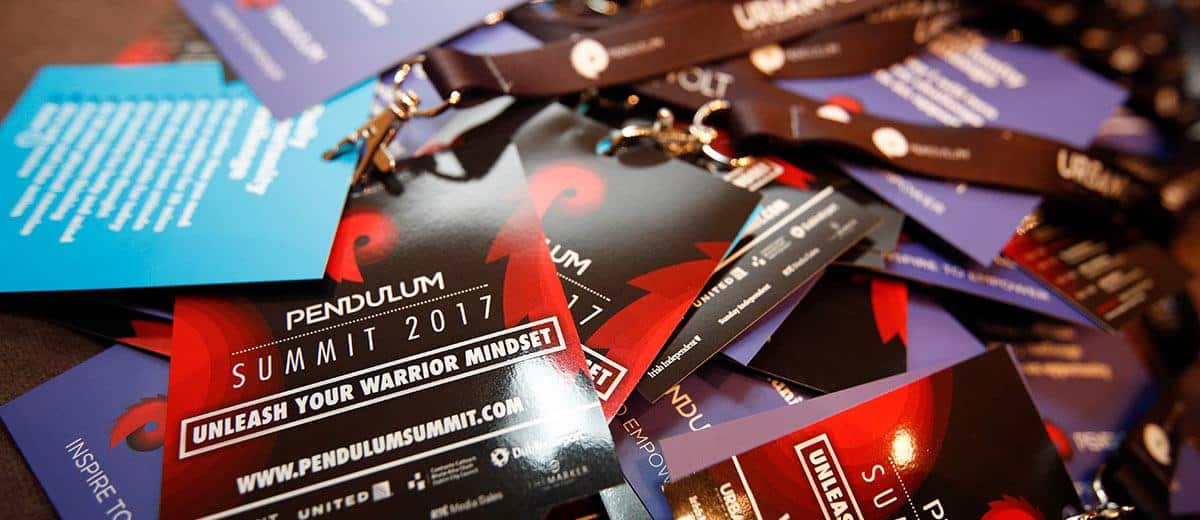In today’s society, diversity and inclusion are vital pillars for fostering a thriving and harmonious community. Embracing the unique perspectives and abilities of individuals from all walks of life enriches our collective experiences and propels us towards a more compassionate and understanding world. In this article, we shine a light on an often overlooked aspect of diversity: disability pride. By acknowledging and celebrating the strengths and contributions of individuals with disabilities, we can build a society that truly values inclusivity and equal opportunities for all.

“If we cannot now end our differences, at least we can help make the world safe for diversity.”
– John F. Kennedy
Embracing the Spectrum of Abilities
Disability pride encourages us to recognise that disability is not a deficit or a limitation but an inherent part of human diversity. Just as we celebrate cultural, ethnic and gender differences, we must extend the same appreciation to the wide-ranging spectrum of abilities. Every person, regardless of their physical or cognitive differences, has unique talents, skills and perspectives to offer. When we shift our focus from what individuals cannot do to what they excel at, we open up a world of untapped potential.
By promoting disability pride, we challenge these barriers head-on, promoting inclusive policies and fostering a culture of acceptance and understanding.

Breaking Down Barriers
One of the primary goals of disability pride is to break down the barriers that hinder the full participation of individuals with disabilities in society. These barriers can be physical, such as inaccessible buildings or transportation, or attitudinal, arising from stereotypes and prejudices. By promoting disability pride, we challenge these barriers head-on, promoting inclusive policies and fostering a culture of acceptance and understanding. Through education and awareness, we can transform misconceptions into appreciation and replace exclusion with equal opportunities.
Changing Perspectives
Disability pride encourages us to shift our perspective from a deficit-based approach to an asset-based one. Instead of focusing solely on the challenges faced by individuals with disabilities, we recognise their unique strengths, talents and resilience. By showcasing the accomplishments and contributions of disabled individuals across various fields, we challenge the narrow narratives often associated with disability. This shift in perception not only benefits the individuals themselves but also inspires others to overcome their own obstacles and embrace their capabilities.
Creating an Inclusive Society
Inclusion is the cornerstone of a diverse and vibrant society. By celebrating disability pride, we foster an environment where everyone feels valued and empowered. Accessibility becomes a priority, not just in physical spaces but also in education, employment, technology and social activities. When we actively seek to include individuals with disabilities, we tap into a wealth of creativity, innovation and diverse perspectives that can drive positive change in our communities.
Promoting Empathy and Understanding
Disability pride plays a vital role in promoting empathy and understanding among all members of society. By encouraging dialogue and fostering interactions between individuals with and without disabilities, we bridge the gap between different experiences. When we listen to each other’s stories, challenges and triumphs, we build connections and dissolve misconceptions. This creates a more empathetic society that embraces and supports individuals with disabilities, allowing them to thrive and contribute to their fullest potential.
Conclusion
Embracing disability pride is not only an essential step towards creating an inclusive society but also a celebration of the richness and diversity of the human experience. By valuing the abilities and perspectives of individuals with disabilities, we cultivate a society that uplifts and empowers everyone. Let us continue to work together, advocate for accessibility and equal opportunities, and build a world where disability pride shines brightly, transforming lives and communities for the better.

